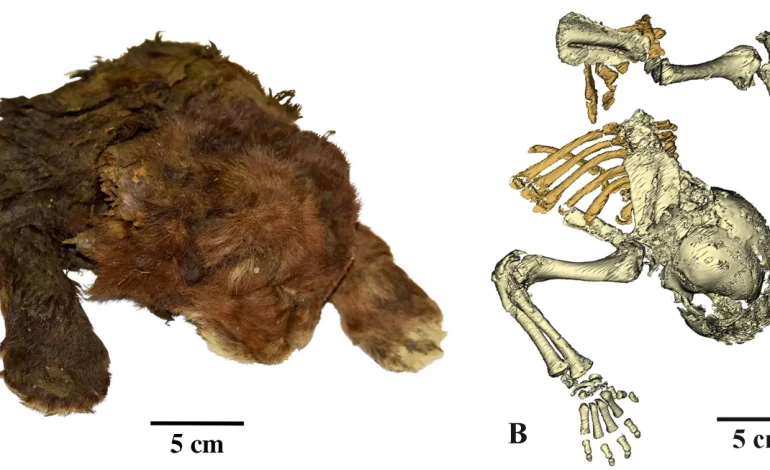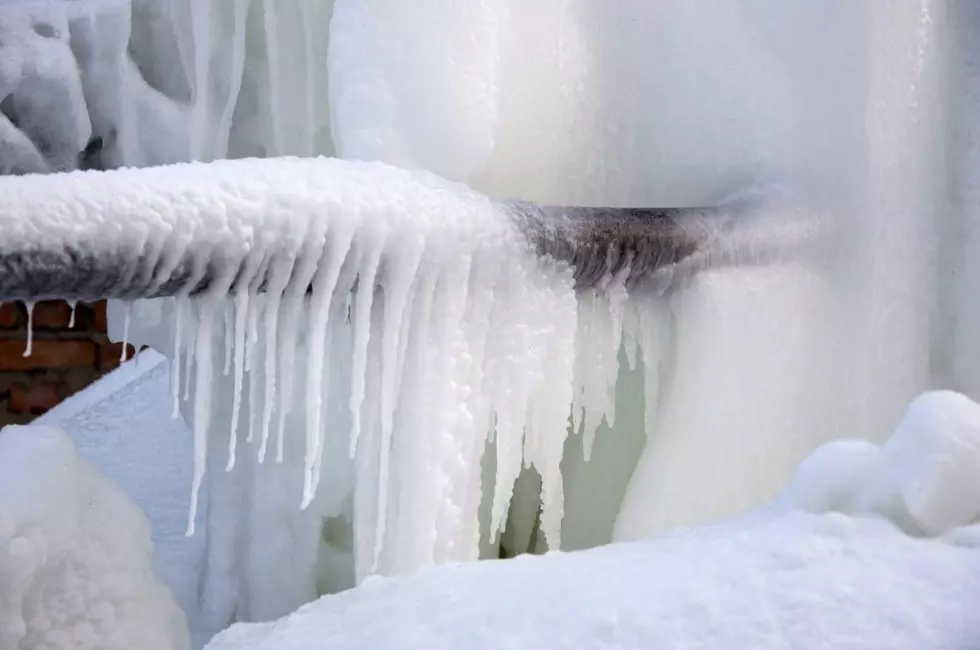Siberian Permafrost Yields First-Ever Saber-Toothed Cat Mummy, Rewriting Prehistoric History

A groundbreaking discovery in Siberia has sent ripples of excitement through the paleontological community: the first-ever mummified saber-toothed cat, CNN reports.
Unearthed from the permafrost near the Badyarikha River in Yakutia, the exceptionally preserved cub offers an unprecedented glimpse into the life and anatomy of this extinct predator.
The near-intact mummy, reported Thursday in the journal Scientific Reports, boasts remarkably preserved fur, flesh, face, forelimbs, and torso. Its dark brown fur, surprisingly soft and measuring 0.8 to 1.2 inches long, covers a body estimated to be around 3 weeks old at the time of death. Radiocarbon dating places the cub at least 35,000 years old, placing it in the late Pleistocene epoch.
The find represents the first evidence of the Homotherium latidens species in Asia, though fossilized bones have previously been discovered in the Netherlands and Canada. This complete mummy, however, is a game-changer.
“It’s rare to find bones of this lineage, let alone soft tissue,” remarked Jack Tseng, an associate professor at UC Berkeley, who was not involved in the discovery.
He described the discovery as “reality changing.”
Lead study author Alexey V. Lopatin, of the Russian Academy of Sciences, highlighted the exceptional preservation of the forelimbs, complete with claws and the fleshy paw pads. While two cave lion mummified cubs have been previously found in the region, mummified cats are exceedingly rare.
The study reveals striking differences between the saber-toothed cub and modern lion cubs of similar age. The saber-toothed cub had a darker coat, smaller ears, longer forelimbs, a larger mouth opening, a more massive neck, and an unusually high upper lip – likely designed to cover its long upper canines. The shape of its paws, more circular than a lion’s and reminiscent of a bear’s, suggests a potential reliance on powerful forelimbs for hunting, perhaps to immobilize prey.
The discovery opens up a wealth of possibilities for further research. The soft tissues offer clues about muscle structure and hunting style, potentially reshaping our understanding of Homotherium latidens behavior. The mummy was discovered in 2020 by Yakutian diggers prospecting for mammoth tusks, under the supervision of local paleontologists.








